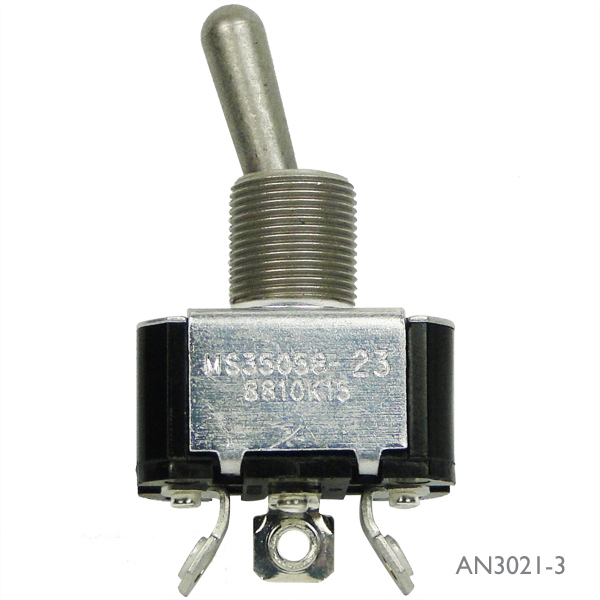Looking for help here.
I want a lucas switch as topic, but having a hard time finding it.
It is gonna operate the electric e-brake, and it have to be momentary for the IVA.(stupid rules)
I want a lucas switch as topic, but having a hard time finding it.
It is gonna operate the electric e-brake, and it have to be momentary for the IVA.(stupid rules)




